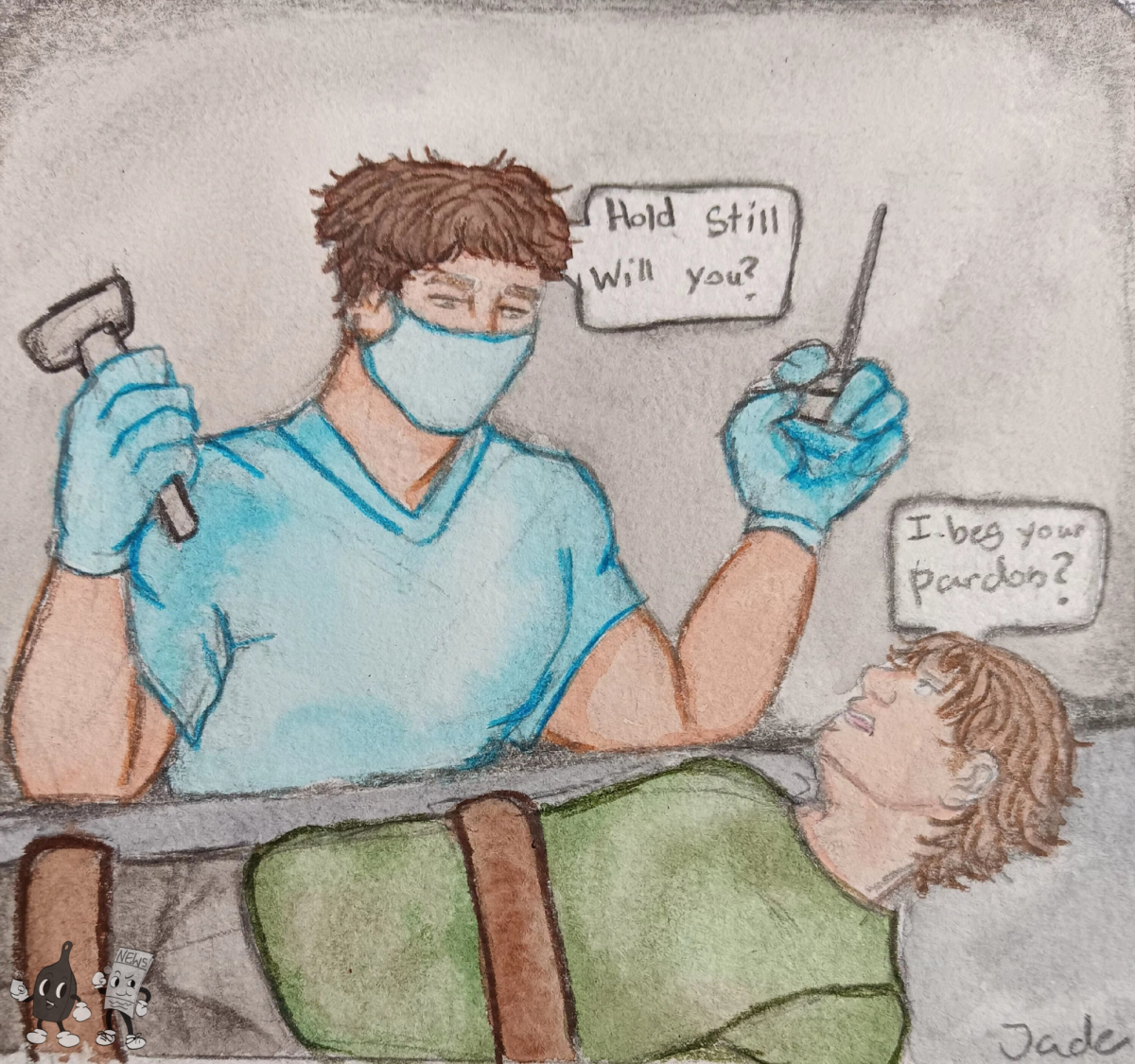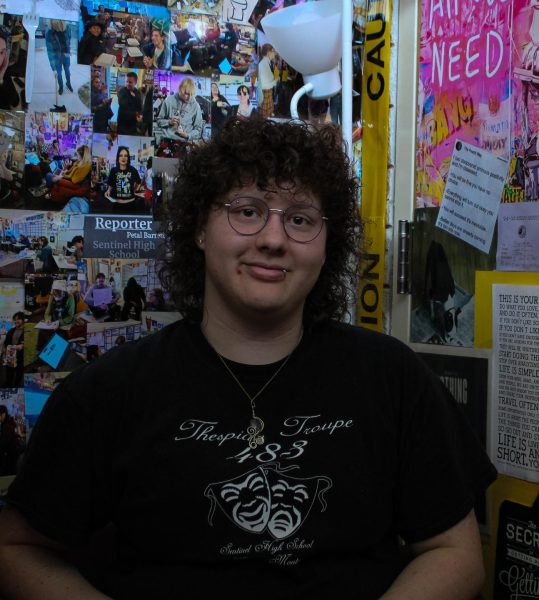TW’s: Medical Malpractice, Gore, Stigmatization of Mental Health, Discomforting Narratives, and Death. Viewer Discretion is advised.
Nurses smile down at you, their faces covered with surgical masks, but you can see the slight wrinkles in the fabric. It sends a chill down your spine, there’s something so unnerving about their practiced grins. A brief thought of smiling back crosses your mind, but the idea makes you feel sick to your stomach.
To your left is a metal table adorned with tools and medical machinery. You remember why you’re here, and this time, that feeling settles deeply. You want to escape. There was no agreement made on your part to this, and now a trickling sense of horror meets you. You’re struck by the feeling. Between the metal table your body is lodged to, and the shiny smiley nurses in white, you seem to be the only one who’s scared.
A nurse walks behind you, and you feel a thick headband being placed on your head. Your heart is starting to beat faster, and that feeling of dread has turned into fear. You want to run, your eyes darting side to side looking for the nearest exit. It’s no use to struggle now.
The Doctor is only here to help you after all, to relieve you of your worries. To stop that endless ticking in the back of your mind, that what is happening is wrong. Don’t you want to stop having so many worries? Don’t you want to be happy? Think of your poor family, all they’re trying to do is help you. That’s why you’re here.
Your body tenses and convulses as 120 volts are sent straight into your head. Your eyes roll back into your head, and your body stops moving. There’s nothing now, just an endless abyss of black.
When you wake up, you’re greeted with two black eyes, and an empty head. Your parents take you home, and they celebrate the procedure going well. You can’t seem to celebrate alongside them since your mind feels blank. The Doctor was right though, there’s no more worry’s spiraling in your brain. There’s nothing anymore, just static noise. A blank TV screen of a brain.
THE LOBOTOMY
In the early stages of the lobotomy, surgeons would completely remove a section of the patient’s brain, specifically that of their prefrontal cortex. The goal of this was to have the patients remain in a state of constant calm, but through animal trials, this was proven ineffective.
In 1935, after many different attempts at the surgery, doctor Antonio Egas Moniz attempted a similar operation. Instead of removing segments of the brain, he opted to drill holes into the back of the patients head, and inject pure ethyl alcohol. This was done in an attempt to disrupt neuronal tracts that doctors assumed caused the mental health issues seen at the time. He coined this treatment as a prefrontal leukotomy.
The results of this procedure were mixed, with some patients showing signs of improvement, and others getting worse or not showing any differences. Despite these mixed results, it was approved and became a widely accepted practice among neurologists.
In the United States, Walter J. Freeman was one of the first American neurologists to perform the leukotomy, which he renamed as the lobotomy. Despite the heavy criticism from other American neurologists, Dr. Freeman continued to advertise the lobotomy, and it soon became an accepted medical surgery within the medical communities of the time.
In 1945, Dr. Freeman created the transorbital lobotomy, in order to maximize the effectiveness of the lobotomy, as well as minimize the time and the cost of the procedure. Initially, he would use icepicks to puncture the thin bone at the back of the eye socket.
His first procedure was in January of 1946 when he operated on a 29 year old woman named Ellen Lonesco. The procedure was deemed a success, since the patient returned to a semi-normal life afterwards. He would go on to perform countless other surgeries all over the country after his work partner disagreed with his methods of doing the transorbital lobotomy.
In his career, he performed over 3,500 surgeries between 1930 and 1960. It is assumed that around 500 of those patients died because of the procedure. Despite the high mortality rate of around 14%, he continued his work. Many speculate that it was Dr. Freeman’s enthusiasm and ambitions that led to the acceptance of his practice across the U.S.
He would often perform for both doctors, nurses, and the press when they came to see him do his procedures. To entertain these guests, he would do both procedures at the same time, taking two ice picks and holding them in one hand, and using one hammer to lodge both of them into the separate eye sockets.
Dr. Freeman also took it upon himself to treat a number of different patients, suffering from a wide variety of both mental and physical issues. The youngest patient he ever performed on was only 12 at the time and has no memory of the event.
Dr. Freeman was considered a genius for his methods, despite some unease from the general public and other doctors. He never presented any medical documents that explained his reasoning for these procedures and never had any formal training or education as a surgeon. Despite this, he was still allowed to perform these procedures on thousands of patients.
Once medication was introduced to the neurological medical practices, the use of lobotomies dramatically decreased. Soon more cases in which his work had failed surfaced, and the lobotomy was put on the back shelf for being an unethical form of medical treatment.
The first antipsychotic (chlorpromazine) was introduced at the beginning of the 1950s, and then came the first antidepressant (imipramine). These medications were considered to be a better alternative since it wasn’t as expensive as surgeries, and less invasive.
The craze came to a fast end, but despite this, Dr. Freeman sought to continue his work. He believed that his work would completely revolutionize modern day medicine, and that lobotomies would become a common procedure for decades to come.
Dr. Freeman did not base his findings on logic, instead he was driven by his own goals and ambitions, which led to him making reckless decisions when it came to his patients. “Ultimately, he was not a monster but a tragic figure, incapable of understanding the consequences of his own imperfections,” says “American Experience” producer Mark Samuels.





